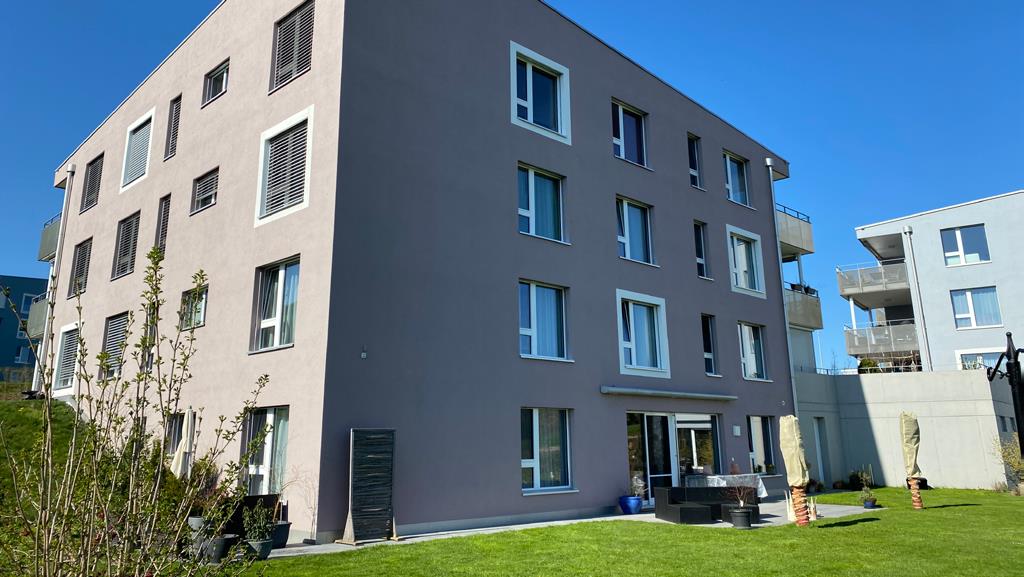UBS: Risk of a real estate bubble is weakening
UBS's real estate bubble index, the UBS Swiss Real Estate Bubble Index, fell again in the second quarter of 2018. At currently 1.00 index points, it is only just in the risk zone.

This means that the bubble risk in the owner-occupied housing market has fallen significantly within a year, according to UBS researchers. The
Home prices corrected slightly despite high economic growth and rising consumer prices. In particular, prices for owner-occupied apartments declined further.
Compared with the previous year, prices had already fallen by 2.6 percent. However, nominal economic output increased by 2.8 percent in the same period and consumer prices were also over 1 percent higher. As a result, five of the index's six sub-indicators declined last quarter. For example, the price-income ratio declined the
back for the sixth time in a row and is now back at the level of three years ago.
Nevertheless, affordability risks remain, UBS says. Both the real price level, the purchase-rent price ratio and the price-income ratio are close to the values of the last real estate bubble at the end of the 1980s. However, the real estate bubble risk is strongly mitigated by the slowdown in mortgage lending and the continued relatively low dependence of the economy on the construction industry.
"The development of the real estate bubble index shows a cooling of the owner-occupied housing market and points to an end of the current real estate cycle," the study continues. The fact that the Swiss National Bank (SNB) warned of an acute increase in imbalances in the market for condominiums in its recently published Financial Stability Report is primarily due to the fact that different price indices are used. Observed over a longer period, however, the divergence of recent quarters disappears: Since the introduction of negative interest rates three and a half years ago, the indices have virtually stagnated.
The UBS Swiss Real Estate Bubble Index is composed of six sub-indices. The index is calculated as a weighted average of trend-adjusted and standardized indicators using principal component analysis. The index forms
the deviation in standard deviations from the mean value normalized to zero. The index can take the following five levels depending on the current value: Bearish (below -1), Balance (between -1 and 0), Boom (between 0 and 1), Risk (between 1 and 2) and Bubble (above 2).









